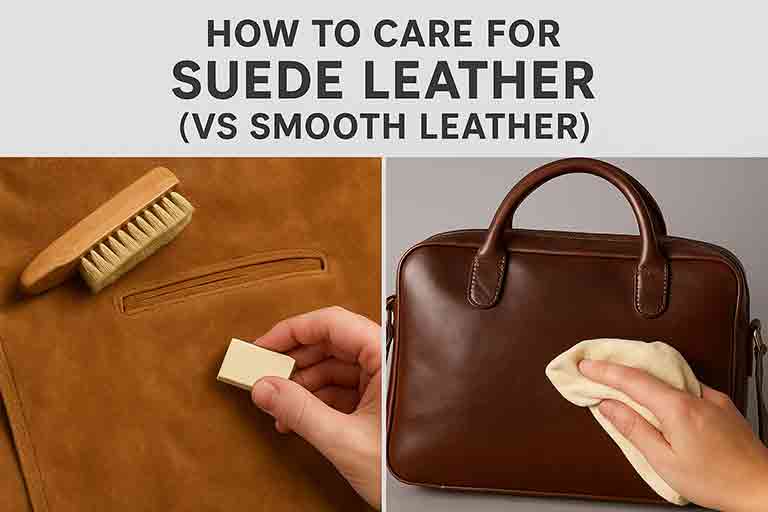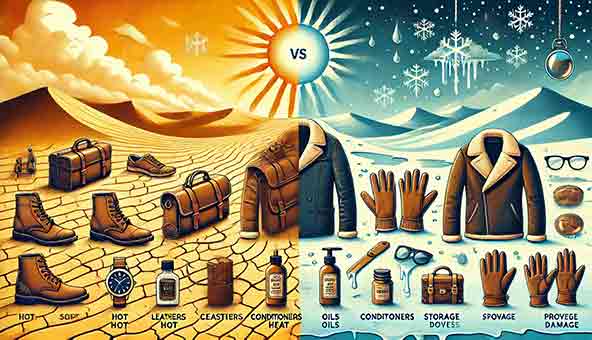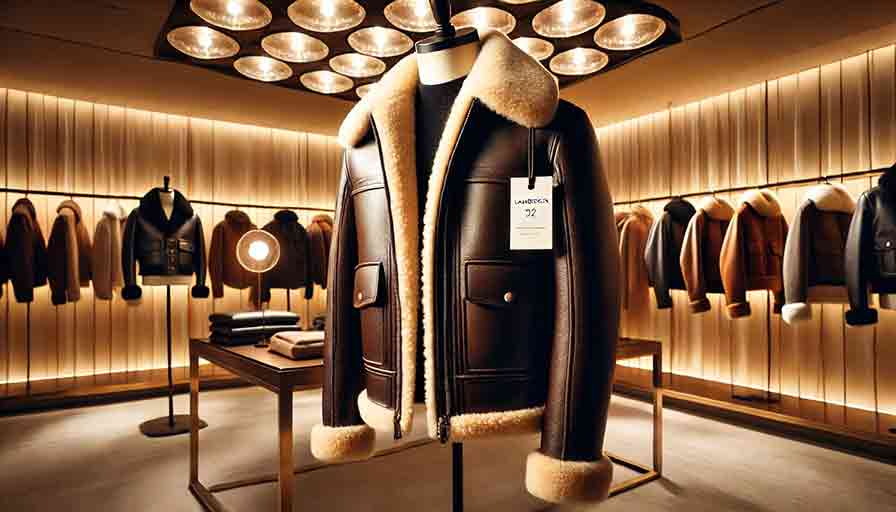
Why Is Motorcycle Gear Important?
, by Syed Khawar Bukhari, 17 min reading time

, by Syed Khawar Bukhari, 17 min reading time
Motorcycle gear is not only a fashion statement but also an important part of motorcycling, which can save lives. Understanding the significance of proper gear becomes more important as more and more people take up motorcycles. This post discusses different aspects of motorcycle gear, why they matter, and provides a list of essential items that every biker should think about.
In recent times, there has been a significant uptick in motorcycle enthusiasts, drawn to the practicality, affordability, and thrill that motorcycles offer as a mode of urban transportation. Their efficiency in navigating city traffic, coupled with economic benefits such as lower fuel consumption and maintenance costs, has fueled their popularity. Moreover, motorcycling has evolved into a vibrant lifestyle and community, fostering strong bonds among riders through clubs and events, transcending mere transportation to become a shared passion and culture worldwide.
Motorcycle gear serves as a crucial safeguard against injuries during accidents, offering protection from the impact of collisions with the ground at high speeds. Beyond just any clothing, helmets, jackets, gloves, pants, and boots play pivotal roles in minimizing injuries by absorbing kinetic energy.
Additionally, weather-appropriate attire, such as waterproof and thermal garments, shields riders from the elements, preventing conditions like hypothermia or heat-related illnesses.
Moreover, prioritizing visibility through brightly colored, reflective clothing enhances safety by ensuring motorcyclists remain conspicuous to other road users, especially in adverse weather conditions or low-light environments.
Motorcycle Helmets are the most crucial piece of safety equipment for any motorcyclist. They protect the rider's head, reducing the risk of severe injuries in the event of an accident. Wearing a helmet can be the difference between life and death, making it an indispensable part of motorcycle gear.
Full-face helmets offer the highest level of protection among all helmet types. They cover the entire head, including the chin and face, providing excellent impact resistance and safeguarding against debris and weather elements. These helmets are popular among riders for their comprehensive safety features and superior comfort.
Open-face helmets, also known as three-quarter helmets, cover the top, back, and sides of the head but leave the face exposed. They offer good protection for the skull but lack the full coverage of a chin guard. These helmets are favored by riders who prefer more airflow and an unobstructed field of vision.
Modular helmets are a hybrid between full-face and open-face helmets. They feature a chin bar that can be flipped up, allowing the rider to switch between full-face protection and an open-face configuration. This versatility makes modular helmets a popular choice for touring riders who value convenience and adaptability.
Off-road helmets are designed specifically for motocross and dirt biking. They feature a protruding chin guard and a sun visor, offering enhanced protection and visibility in rough terrains. These helmets are typically lighter and provide excellent ventilation to keep riders cool during intense activities.
When selecting a helmet, it's essential to ensure it meets recognized safety standards. Helmets that comply with these standards have undergone rigorous testing to ensure they provide adequate protection.
The DOT standard is mandatory for helmets sold in the United States. Helmets with DOT certification meet the minimum safety requirements set by the National Highway Traffic Safety Administration (NHTSA).
The ECE standard is recognized in over 50 countries, making it one of the most widely accepted helmet safety standards. ECE-certified helmets undergo extensive testing for impact resistance, chin strap strength, and more.
The Snell certification is a voluntary standard that exceeds DOT and ECE requirements. Helmets with Snell certification undergo more rigorous testing, including multiple impact scenarios, making them a top choice for riders seeking the highest level of protection.
When choosing a helmet, several factors should be considered for optimal safety and comfort. Ensuring a proper fit is paramount, as it prevents discomfort and ensures effective head protection. Lightweight materials like fiberglass, carbon fiber, or polycarbonate are ideal to prevent neck strain during long rides. Adequate ventilation is crucial to prevent overheating, so opt for helmets with adjustable vents. Anti-scratch, anti-fog visors, and tinted shields enhance visibility in various weather conditions. Additional features such as Bluetooth connectivity, removable liners, and quick-release chin straps offer convenience and ease of use on the road.
Motorbike riders have always loved leather jackets because they are very tough and do not wear easily. It is one of the best materials for preventing road rash after a fall, and it also cushions against minor impacts. Additionally, with time jackets made out of leather tend to develop a special shine known as patina which gives them a personal touch.
Textile jackets are created from advanced synthetic fabrics like Cordura, Kevlar or ballistic nylon among others. Such materials provide superior resistance to abrasion than any other material and can come with features such as waterproofing membranes and thermal liners. Lighter in weight than their leather counterparts, these coats also offer more versatility because they work well across different weather conditions.
To increase safety, motorcycle leather jackets have certain protective characteristics built into them. For instance, padding may be installed at various points on your body where impact is likely to occur like shoulders elbows and back while body armor should cover any part that might get injured during an accident such as knees or hips. The most commonly used materials for this kind of protection include hard plastics along with CE rated foams which absorb energy upon impact hence minimizing chances of serious harm during falls.
During long rides especially under hot weather conditions proper ventilation becomes necessary not only for comfort but also safety reasons too; thus many motorbike jackets have zippered vents which can be opened up so as to allow more air flow through the garment when needed most. In addition some models feature removable thermal liners meant to provide extra warmth in colder days or nights while others come equipped with waterproof membranes designed keep riders dry throughout rainy spells thereby making sure that no matter what happens outside there is always some level of convenience inside these garments all along the journey.
Most motorcycle accidents result in injuries occurring at lower extremities hence need for pants that protect these regions during crashes cannot be overemphasized. This is why such trousers or biker chaps should offer high levels of abrasion resistance as well as impact protection besides being very comfortable too.
Just like jackets do, motorcycle pants have withstand elements too; therefore they should offer protection against various weather conditions as well. To achieve this aim waterproof breathable materials need used lining parts likely get wet during rainy spells while on other hand thermal liners might work better when inserted into models meant keep one warm during freezing temperatures outside mesh paneling could serve purpose keeping cool under hot sun inside
It is essential for a motorcyclist to put on gloves because they protect his or her hands from injuries or harsh weather and provide better grip on the handlebars. They offer comfort, safety and control which makes them one of the most important gears when riding.
These are the type of gloves that extend beyond your wrist giving protection to your lower arm too. They have wider coverage thus preferred for long distance touring and racing where risks are much higher.
Short-cuff gloves allow more flexibility of movement; generally being lighter than gauntlet gloves and also more breathable. These types are liked by city riders who want to have casual rides.
These gloves come with built-in heating elements which keep hands warm during cold seasons. They can be powered by batteries or connected to the motorcycle’s electrical system so that there is consistent warmth throughout winter rides.
Different materials may be used in making motorcycle gloves each having its own level of protection as well as comfortability factor
Leather made ones have high durability properties plus excellent resistance against abrasion. Over time, they take shape according to the user’s hand contours thereby providing customized fitting and enhanced comfort too.
Synthetic fabrics such as nylon, polyester or Kevlar can be used in making textile gloves which tend to be lighter in weight and more breathable than those made from leather material hence ideal for warm weather riding conditions.
Two-piece riding suits consist of a separate jacket and pants that can be worn together or separately. They offer versatility, allowing the rider to adjust for different weather conditions. Two-piece suits also provide convenient storage options with multiple pockets.
Motorcycle boots are designed to protect the rider's feet, ankles, and lower legs from injuries. They provide stability, support, and protection, making them a vital part of motorcycle safety gear.
Racing boots offer maximum protection and are designed for high-speed riding. They feature reinforced toe boxes, ankle support, and sliders for enhanced safety during track use.
Touring boots are built for comfort and durability over long distances. They typically offer waterproofing, insulation, and additional padding to keep the rider comfortable during extended rides.
Cruiser boots are often made from heavy-duty leather and provide a classic look. They offer good protection and comfort, suitable for casual riding and long cruises.
Adventure and off-road boots are designed to withstand the rigors of off-road riding. They offer high levels of protection, including reinforced soles, ankle support, and shin guards, to protect against rough terrain and impacts.
Motorcycle boots come with various safety features to enhance protection and comfort.
Reinforced toe and heel areas provide extra protection against impacts and abrasions. These areas are often strengthened with steel or hard plastic to prevent injuries during a crash.
Good ankle support is crucial for preventing injuries. Motorcycle boots often feature built-in ankle braces or padding to keep the ankle stable and reduce the risk of sprains or fractures.
Non-slip soles provide better grip and stability, especially in wet or slippery conditions. They help the rider maintain control of the motorcycle and prevent slipping when stopping or putting a foot down.
Waterproof boots keep the rider's feet dry in wet conditions, while breathable materials help to prevent overheating and sweating. Many boots feature Gore-Tex or similar membranes that offer both waterproofing and breathability.
Without proper gear riding in the rain can be very difficult and uncomfortable. Having appropriate rain gear ensures that one remains dry while on road hence maintaining safety as well as concentration on riding.
These are designed to be worn over normal riding clothes; they are made from materials such as PVC, Gore-Tex or coated nylon which are waterproof thus providing good resistance against water. Look out for those that have sealed seams so as to prevent any seeping through of water.
They offer full body protection and there is no chance for water entry between separate jacket plus trouser; this is ideal especially when it rains heavily therefore giving maximum coverage required.
For preventing water from getting into them even during heavy rains; all zips should be waterproofed along with having sealed seams throughout entire garment including hood area if applicable so that wearer stays completely dry at all times irrespective of how hard it pours down outside
When riding in hot weather, the gear should be comfortable and keep the rider cool. Overheating can be avoided through proper ventilation and moisture-wicking materials.
Air-permeable materials are used to make mesh jackets and pants that allow air to pass through them keeping the wearer cool. They offer protection while ensuring adequate ventilation.
Evaporative cooling is utilized by cooling vest which helps in reducing body temperature. Prior to being worn, these vests are soaked in water whereby they release moisture slowly as it evaporates thereby giving a chilling effect.
Features of Hot Weather Gear
Ventilation panels also known as zippered vents enable adjustable airflow. These can be opened or closed so that one controls how much air gets through the attire.
Base layers and liners commonly use moisture-wicking materials that pull sweat away from the body thus keeping dry and comfortable when biking.
Hot weather gear is often made light-weighted so as to reduce bulkiness hence improving ease of movement while maintaining protection against various elements. Find a balance between breathability, weightlessness, safeguarding oneself from danger during motorcycling exercises under these conditions.
It is important for one to stay hydrated during rides under high temperatures. A hydration pack can come in handy as you will have easy access to water whenever necessary.
Apply sunscreen on exposed skin areas before embarking on any motorcycle trip during this period of intense heat lest they get burnt by solar radiation waves from the sun itself or its reflection off other surfaces. Wearing a helmet with built-in sun visor or sunglasses could also help protect eyes against UV rays coming directly overhead plus glare produced when bright sunlight bounces back from objects onto your face.
It is important to wear correctly fitting motorbike equipment for comfort and safety. Poorly fitted gear may cause discomfort or distract the rider which could lead to an accident while well-fitting ones enhance overall satisfaction during motorcycle riding experience.
A good helmet should fit snugly but not too tight such that there are no pressure points on top of head; it must be worn level across forehead without any gaps under chin strap being too loose either. When one falls off his/her bike, if their head knocks against something hard like pavement then having a helmet with perfect fit would stay intact providing maximum protection
Bike riding jackets as well as trousers need to allow full movement without being overly baggy. If they are too tight it might restrict mobility hence causing tiredness over long distances while loose ones will flap in wind thereby reducing aerodynamic efficiency.
Motorcycle boots should hold ankles securely with enough support but comfort around them also matters most. If boots are very tight this can lead to pain or even foot numbness due compression against bones while those that do not fit properly may fail protect feet during crashes.
To achieve proper snugness various parts include jackets, pants, gloves or boots use adjustable straps together with closures. Velcro, buckles or snaps enable tightening or loosening according personal needs thus ensuring comfortability alongside safety during rides whether on highways off roads etcetera..
Most motorcycle jackets plus pants come equipped with removable liners so they can be worn year-round regardless of climate changes taking place. Thermal liner adds warmth when it gets cold outside whereas waterproof liner ensures dryness throughout rainy seasons therefore removing these linings keeps body cooler during hotter periods.
Zippered vents and mesh panels are some of the ventilation options that allow riders to control air flow through their gear. Right amount of breathability needed for different bodies while preventing overheating during long rides in hot weather especially.
Some motorcycle gear like biker flannels includes modifiable armor, which can be set in place to protect the most significant areas of impact. This personalization guarantees that the protective components remain fixed where they should be and provide the greatest possible safety.
Performance is directly affected by comfort and ergonomics for riders. Adjustable equipment that fits well allows a person to have better control over their motorbike, reduces tiredness, as well as making riding generally safer.
Motorcycle gloves fitting properly enable one to comfortably move their hands and hold onto handlebars securely while snug boots enhance control over foot pegs and pedals.
When physical strain is reduced due to comfortable clothing, it enables individuals riding bikes more extended periods without losing concentration or getting tired too fast. In this case, then good padding seats may help get off with ergonomic grips together lightweight apparels that provide comfort throughout thus eliminating chances of mistakes caused by fatigue.
Adequately fitting comfortable garments allow motorists to focus their attention on traffic rather than adjusting them all through Distractions arising from ill-fitting or uncomfortable clothes may lead one into accidents due lapse of concentration.
Through crash testing we have learnt that ergonomically created suits keep safeguards intact during an accident and increase safety by keeping protections in position when driver falls down. Adjustability function should also not be ignored because it has been proven that those Gears which fit right offer more protection and lessens severity of injuries sustained during such instances.
Another thing worth considering about these kinds of suits is how wind flows around such gear designed with aerodynamic features While riding at high speeds air drag becomes minimalized resulting into smooth rides.
It is important for motorcycle gears’ comfortability to cater for safety purposes as well as ensuring total control when riding motorcycles These factors include adjustability feature in addition with proper fitting sizes that help reduce fatigue and increase concentration levels thus enhancing performance on the road. Also, buying good quality products may be expensive but worth investing considering all possible outcomes associated with accidents especially if they happen frequently.


